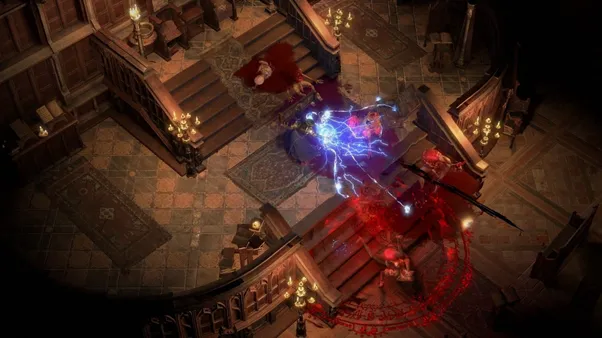
Welcome to our beginner guide for Path of Exile 2. This guide will contain almost everything you need to know about the game, even for those who never played the original. This is why we will run through a few differences between PoE 1 and 2 but treat it as if you were a new player.
Path of Exile is essentially an action role-playing game set in a dark fantasy world, heavily based on loot-driven concepts. You would, as usual, hack and slash in the genre of game to build your character by killing large numbers of creatures, to find epic gear, and power up for tougher challenges.
The beta for Path of Exile 2 was released on June 7, 2024. We thought it was worth writing this guide as a bit of a heads-up to the ins and outs of Path of Exile 2 for all of those looking forward to the latest chapter. In this article, we’ll cover some general basics on PoE 2.
With that out of the way, let's delve into the basic game modes in PoE 2.
Path of Exile 2 – Leagues and Game Modes
Path of Exile 2 introduces five game modes to suit all kinds of play.
Standard
“Base game”—no additional rules. Do everything across a game set, trade with other players, form in groups, and keep your gameplay flexible. It's an excellent choice for newer players wanting to start with PoE without any added pressure.
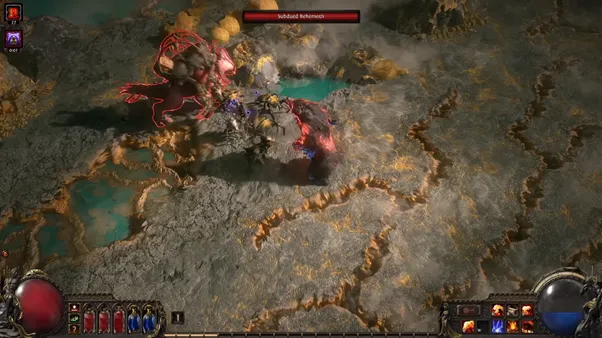
Hardcore
Hardcore is your Standard game, but with a twist: Should your character die, he doesn’t respawn. This mode is for those players who are into challenges and get a rush from knowing that any action can kill them in a split second.

SSF
In SSF mode, you can’t to trade or socialize with other players, you’ll have to find it by yourself. This mode suits players who like an independent gaming experience.
Hardcore SSF
This is a Hardcore+SSF mode mash-up. Blended for the ultimate challenge in ability and fortitude—this mode offers the self-reliance of SSF with the high-stakes action of Hardcore.
Ruthless Mode
Stemming from PoE 1, this mode dramatically lowers items and raises the difficulty level in the game. This mode is crafted for hardcore players who want excruciating challenges but rewarding experiences.
You can migrate your character from SSF to Standard at any time—with or without the loot in your stash. On the other hand, doing this in Hardcore requires that your character first dies.
Challenge Leagues
Challenge leagues are where it's at, and they're back for Path of Exile 2. These serve as the showstoppers, dropping every season to change up the game, with new features, mechanics, new servers, and more. Most players move into these leagues for a fresh experience and to start on even ground.
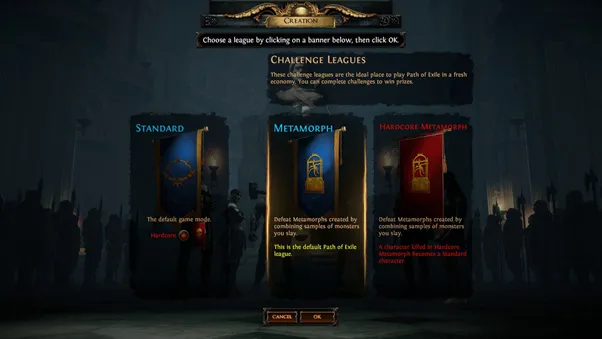
Think of Standard/Hardcore/SSF/HCSSF like the eternal leagues, where old characters reside. Most of the action within the challenge leagues occurs there. These Challenge leagues keep the game feeling fresh with new mechanics every season, resetting in-game economies so everybody is at the same starting point with no trading or economic history carried over.
Path of Exile 2 – Mana, Life and Spirit
In PoE2, we see the launch of the resource “Spirit,” adding a new layer of gameplay for PoE fans.
Life
Represented by the left red pool, Life is the pool that determines how much damage your character can take before dying. Pretty simple!
Mana
The blue color on the right is Mana— your character uses it for every spell cast; using it effectively guarantees you and effective offense during any battle.
Spirit
Spirit is a new element in PoE2 and sits as a yellowish-gold bar on top of your life score. It's used to activate and maintain effects such as persistent buffs, auras, and minions. You'll have a set amount of Spirit available for use —— and increase it by killing bosses, landing special implicit item modifiers, or specifically equipping your character with items like the "sceptre" weapon.
Path of Exile 2 – Equipment and Attire
Loot is a huge part of PoE, and the equipment you use affects how strong your character is in the game. Here are the default slots that every character has for equipment.
- Weapon
- Helmet
- Chest Plate
- Gloves
- Boots
- Amulet
- Ring 1
- Ring 2
- Belt
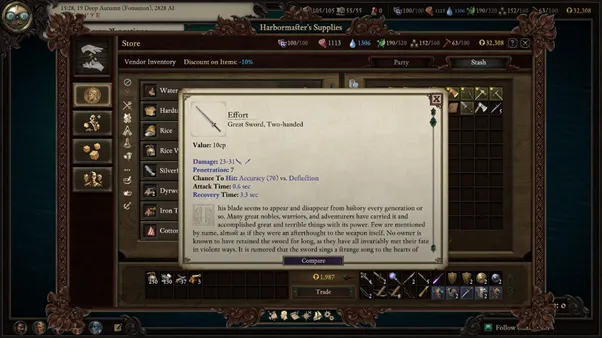
Each slot has its own set of bonus items. For example, Boots may grant bonuses to Movement or Speed, and Chest usually increases Armor or Evasion stats. Weapons will typically be where most of your offensive stats are found.
Path of Exile 2 – Passive Skill Tree
Level up and journey through the game to earn gems and currency to spend on your passive skill tree, unlocking various bonuses and abilities for your character. This tree is a game-changer!
Where you start on the skill tree depends on your class. Check this helpful image: Intelligence nodes are up top, Strength on the left, and Dexterity on the right.
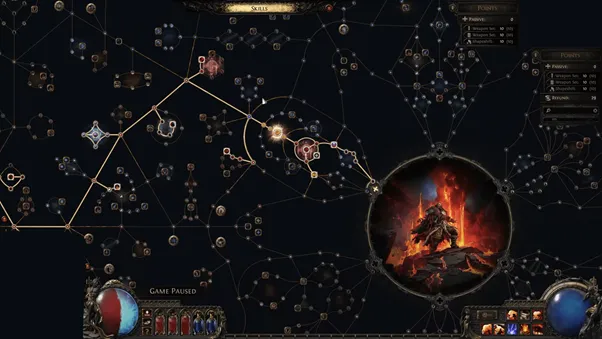
Nodes: Small Passives, Notables, and Keystones
Now, as promised, let's get into the really meaty stuff for the nodes. There are three kinds of nodes on the passive skill tree.
Small Passives
These little fellows are spaced all over the tree, offering small increases to Damage, Attributes, Accuracy, Armor, et cetera. Alone they may seem minor, but together they add up very quickly!
Notables
Next in line are the Notables. Typically a bit larger, these nodes form the end of most chains of Small Passive clusters, containing larger bonuses to help you decide exactly what parts of the tree are key to your desired playstyle. Think of it as milestones toward your path to being great.
Keystones
Now, here's where things get spicy! Keystones are the big boys of the Passive Skill Tree—offering truly game-changing effects that can totally transform your character. In many cases, these nodes come with huge trade-offs to balance their power. Choose wisely!
Dual Specialization
One of the coolest new features in PoE2 is the Dual Specialization system. Quite literally, it allows the designation of points across two different node trees to create two independent passive trees for the character. Talk about versatility!
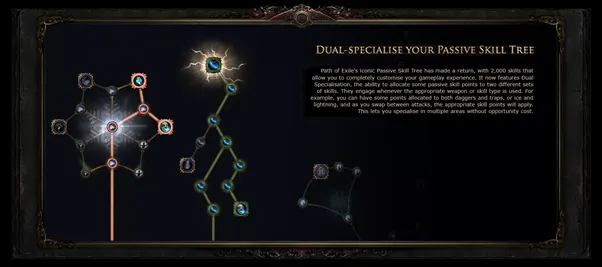
Here's how it works: using the Weapon Swap system, your in-game character will be able to automatically adapt his skills to fit within either Specialization. Restating, you can place some points into Cold Damage and another into Lightning Damage.
Now, if you switch weapons, then everything involving the use of Lightning will have the effect of extra nodes set on its upgrade path, while abilities related to Cold will gain from all the extra nodes placed at specific places resulting in increased damage.
It means getting the best of both worlds! Keep in mind that you will have only limited passive points to spend this way, and that these passive points are earned using Skill Books, which one gets as quest rewards. Plan your builds accordingly!
Path of Exile 2 – Modifiers
Items in PoE2 have different bonuses, which are called modifiers. They include three subcategories on their own: Implicit, Prefix, and Suffix.
Implicits
These are the base bonuses an item grants. For instance, a Chest piece may come with Armor while a weapon may have inherent physical properties.
Prefixes and Suffixes
There’s also the possibility of securing three Prefixes and Suffixes on an item, which aren’t part of the regular bonuses. An item may have a boosting Prefix for attack speed and Suffix for adding luck. Knowing how to maximize these modifiers is vital for success in the game.
Path of Exile 2 – Defensive Stats Explained
Tweak your defense stats to get more out of your PoE gaming experience. Here's a quick look at the key aspects of defensive stats.
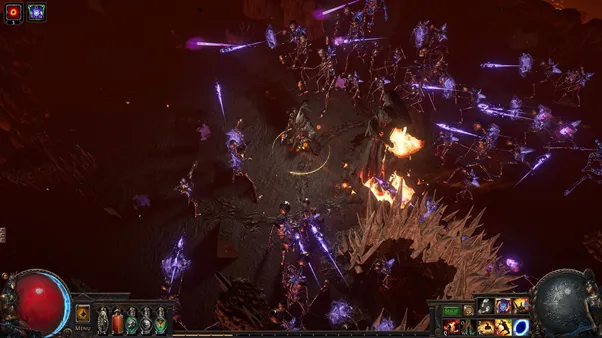
Resistances
Resistances are essential for reducing damage in combat. There are four major types: Fire, Cold, Lightning, and Chaos. Each character can have up to 75% resistance as a cap, meaning the damage received from those databases will only deal 25%. Always try to maximize your Resistances, especially before encountering bosses.
Damage Mitigation
While the Resistances deal with Elemental and Chaos Damage, you’ll have to find ways to reduce Physical Damage as well. Your Primary Attributes each provide different ways to do so.
- Strength: Bestows Life and Armor.
- Intelligence: Energy Shield gain is increased.
- Dexterity: Grants Evasion.
Energy Shield (ES)
ES is also Life. But it regenerates differently. Life, of course, always regenerates, while ES does it faster, provided you haven't taken any damage in the past few seconds. The notables that provide this immunity are Chaos Inoculation Keystone which grants immunity to Chaos damage at the price of reducing your Life to 1.
Armor and Evasion
Armor grants you physical damage reduction, based on incoming damage and your armor value, while Evasion gives a chance to avoid the damage from attacks altogether. A balance in these stats can make your character extremely hard to kill.
Path of Exile 2 – Offensive Stats Explained
Now let's move on to dealing some damage in PoE2. These are the fundamentals you need to know.
Damage Types
There are four super-types of damage in PoE2:
- Attacks: They deal weapons-based damage.
- Spells: Damage dependent on casting of the skill gem and its input level.
- Damage over Time (DoT): Scales similarly to spells, meaning that its scaling is based on the linked skill gem and its level.
- Secondary Damage: Damage scaled by some but not all specific bonuses and is neither an attack nor a spell.
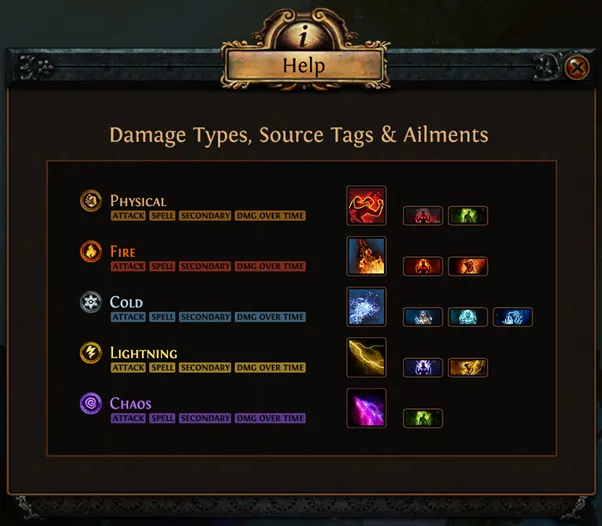
Attacks
Most of the attack skills mostly depend on your weapon's stats. For example, the Spearfield skill will deal damage according to the properties of the weapon you’ve chosen; So the weapon selected will be a prime factor for attack-dependent setups.
Spells
These attacks innately have base damage values and critical strike chance, independent of adding them to your weapon. In PoE 2, your weapons, for example, wands, won't have attack stats. Plus, you won't need to be worried about mods that don't affect your spells.
Damage over Time (DoT)
Like any damage over time, for example, burns from fire damage or bleeding from physical damage, the extent of the damage depends on the skill gem. Chaos gems apply damage while stacking for a duration and may turn out to be a very handy tool for the player.
Secondary Damage
This includes Skill Gems like “Herald of Ash” where fire damage scorches the area around your enemies when they perish. Scaling the damage requires ownership of certain modifiers like fire or area damage, but not increased spell or attack damage.
Path of Exile 2 – Campaign
Your journey in PoE2 starts with your campaign. Every character makes their journey towards the endgame in PoE2. The Campaign in PoE2 contains 6 acts filled with quests and challenges for leveling up your character. Here's what you need to know.
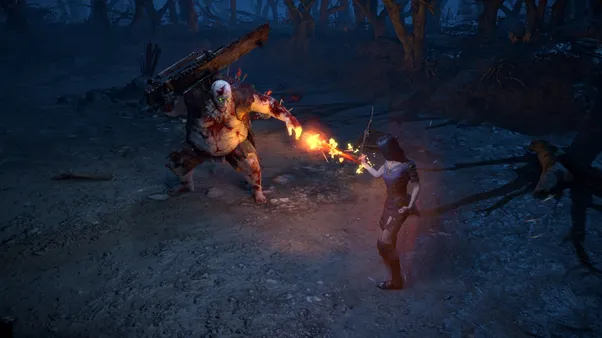
Quests and Rewards
At the end of certain quests, you get bonuses for Attributes or Spirit. These bonuses differ between characters.
Death and Penalties
There's no penalty for dying in the campaign, though, while at end game, death incurs an XP penalty. Note that skills that use spirit, like auras, remain active after you die.
Boss Fights
Taking on a boss in PoE is a big challenge and you can’t portal back to the town to refill your flasks. If you die in the game, the boss resets, forcing you back to the strategy table to replan and reformulate your approach.
Let's Wrap Up
Here’s we conclude this Path of Exile 2 beginner's guide. Even if you’re a brand-new gamer to the genre, you don’t need to learn all the intricacies of PoE to play the game. Dive in, venture on, and you’ll pick up the nuances of the game along the way. Path of Exile 2 is a game of infinite discovery, so enjoy the journey and happy hunting! Looking for more help? Head to igitems, for an easy item or currency boost!









